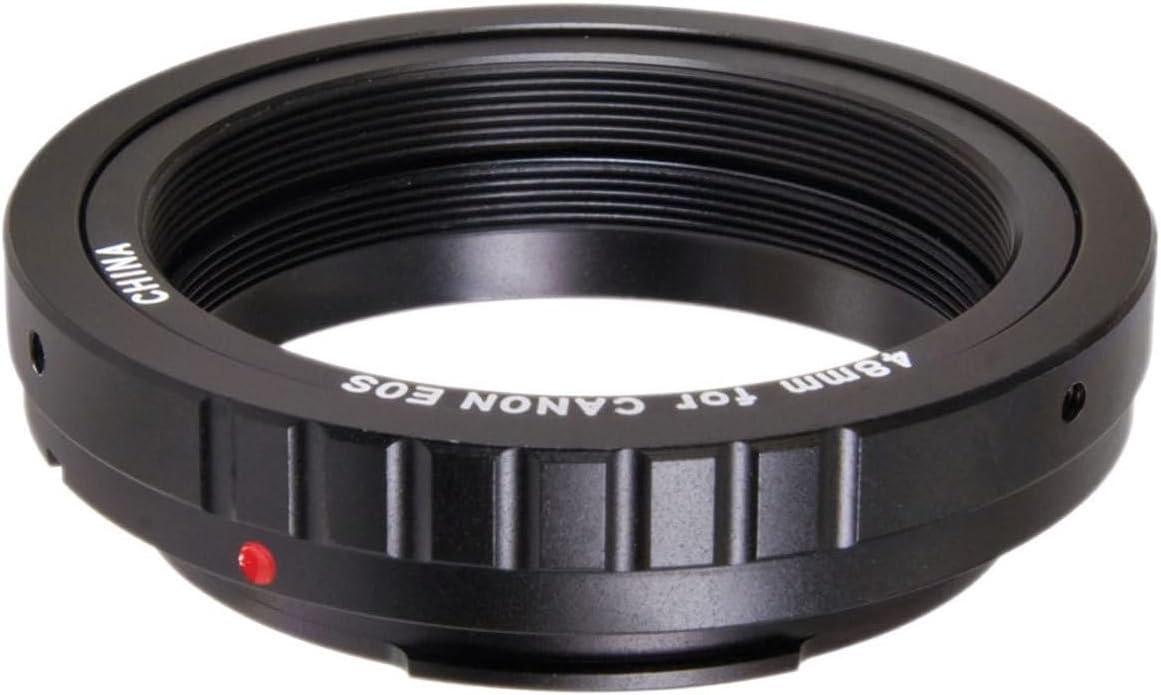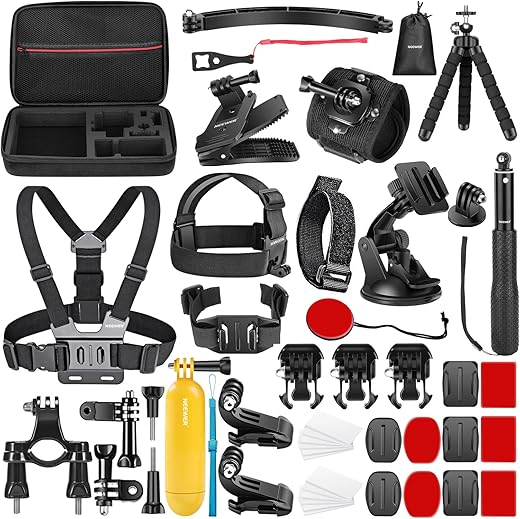
Are Photochromic Sunglasses Worth the Investment? Pros and Cons
Imagine this scene: you step out into the bright sunlight, squinting your eyes against the blinding rays. As you fumble for your regular sunglasses, you can’t help but wonder if there’s a better option out there – one that can adapt to the changing light conditions effortlessly. Well, wonder no more! In this blog post, we delve into the world of photochromic sunglasses and weigh in on whether they are truly worth the investment. Get ready to explore the perks and drawbacks of these sunglasses, so you can make an informed decision and finally bid farewell to the hassle of switching between multiple pairs of shades.
Stay stylish and protected with our top-selling photochromic sunglasses





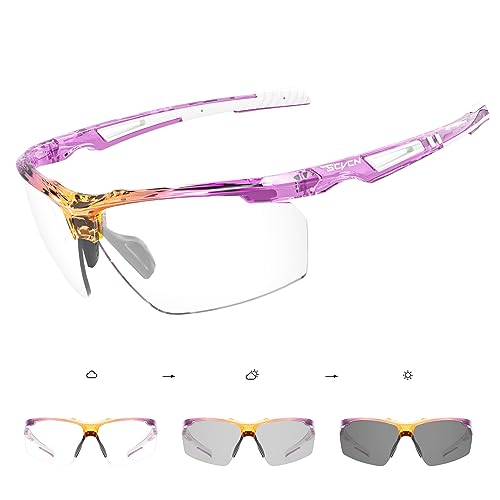
What are Photochromic Sunglasses?
Photochromic sunglasses, also known as transition lenses, are a type of eyewear that offers the convenience of both regular glasses and sunglasses. These innovative lenses have the remarkable ability to automatically adjust their tint depending on the amount of UV radiation they come into contact with.

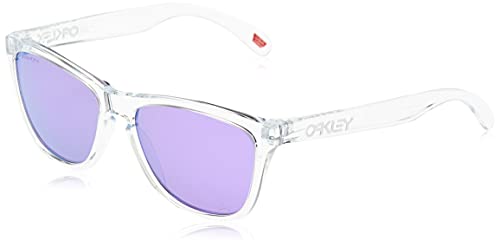
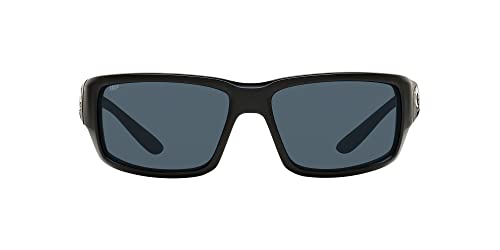
How Do They Work?
- Light-sensitive molecules: Photochromic sunglasses are made using special light-sensitive molecules that react to the presence of UV radiation. These molecules have the ability to change their structure and darken when exposed to these rays.
- Darkening process: When the photochromic lenses are exposed to UV radiation, the molecules within the lenses undergo a chemical reaction. This reaction causes them to rearrange their structure, resulting in the darkening of the lenses.
- Lightening process: When the UV radiation diminishes, the molecules return to their original configuration, causing the lenses to become lighter in tint.
Benefits of Photochromic Sunglasses:
Photochromic sunglasses offer numerous advantages over traditional sunglasses or regular eyeglasses. Here are some key benefits to consider:
- Convenience: Photochromic sunglasses eliminate the need for carrying two pairs of glasses and constantly switching between them in different lighting conditions. They seamlessly adapt to changing light conditions, providing optimal vision regardless of whether you are indoors or outdoors.
- UV Protection: Photochromic sunglasses offer excellent UV protection. They automatically darken when exposed to UV radiation, shielding your eyes from harmful ultraviolet rays emitted by the sun. This protection helps to reduce the risk of eye damage, such as cataracts and macular degeneration.
- Comfortable Vision: With photochromic sunglasses, you no longer have to strain your eyes under harsh lighting conditions or squint to see clearly in bright sunlight. These lenses provide a comfortable visual experience by reducing glare and adjusting their tint accordingly.
- Versatility: Whether you’re cycling, driving, or participating in outdoor activities, photochromic sunglasses adapt to your surrounding environment. They provide excellent vision clarity and reduce glare, giving you the freedom to enjoy your favorite activities without compromising your eye health.
Comparison Table: Photochromic vs. Traditional Sunglasses
Here’s a quick comparison table to help you understand the key differences between photochromic sunglasses and traditional sunglasses:
| Photochromic Sunglasses | Traditional Sunglasses | |
|---|---|---|
| UV Protection | Excellent protection from harmful UV rays. | Protection varies depending on the lens type and coating. |
| Transition Speed | Gradually adjust tint based on UV radiation. | Fixed tint that doesn’t change according to changing conditions. |
| Convenience | Conveniently adapt to different lighting conditions. No need to carry multiple pairs of glasses. | Need to switch between prescription glasses and sunglasses. |
| Vision Clarity | Provide optimal vision clarity by reducing glare and adjusting tint accordingly. | May cause discomfort under changing lighting conditions. May not minimize glare effectively. |
With their ability to adapt to the changing environment, offer UV protection, and provide comfortable vision, it’s clear why photochromic sunglasses are gaining popularity among eyewear enthusiasts.
So why settle for conventional eyewear when you can experience the advantages of photochromic sunglasses? Upgrade your eyewear collection today and enjoy the benefits of this remarkable technology.
Pros of Photochromic Sunglasses
When it comes to protecting our eyes from the sun’s harmful rays, sunglasses are a must-have accessory for most people. While there are various types of sunglasses available on the market, photochromic sunglasses have gained popularity due to their unique ability to adapt to different lighting conditions. In this article, we will explore the advantages of investing in photochromic sunglasses and why they are an excellent choice for anyone looking for convenience, versatility, and ultimate eye protection.


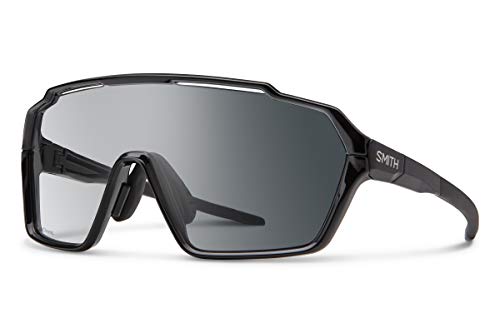
Convenience
One of the biggest advantages of photochromic sunglasses is their convenience factor. These sunglasses are designed to automatically adjust their tint according to the surrounding light conditions. This means that whether you’re indoors or outdoors, in bright sunlight or shade, your sunglasses will adapt accordingly. The convenience of not having to switch between multiple pairs of sunglasses or constantly remove them when entering different light environments is a significant benefit of photochromic sunglasses.
- No need to constantly switch between sunglasses
- Adapts automatically to different lighting conditions
- Saves time and eliminates the hassle of carrying multiple pairs
Versatility
Photochromic sunglasses are incredibly versatile, making them suitable for a wide range of activities and environments. Whether you’re driving, participating in outdoor sports, or simply going for a walk, these sunglasses can seamlessly adapt to changing light conditions. They provide clear vision and optimal eye protection, regardless of the intensity of the sunlight.
- Versatile and suitable for various activities and environments
- Seamless transition across different lighting conditions
- Promote clear vision without compromising eye safety
Protection Against Harmful UV Rays
The primary purpose of sunglasses is to protect our eyes from harmful ultraviolet (UV) rays emitted by the sun. Photochromic sunglasses excel in this aspect by providing effective UV protection. They are typically designed to block 100% of both UVA and UVB rays, shielding your eyes and the delicate skin around them.
- Blocks 100% of UVA and UVB rays
- Protects both the eyes and surrounding skin
- Minimizes the risk of long-term damage caused by UV exposure
Comparison Table: Photochromic vs. Traditional Sunglasses
To better understand the advantages of photochromic sunglasses, let’s compare them to traditional sunglasses:
| Features | Photochromic Sunglasses | Traditional Sunglasses |
|---|---|---|
| Adapts to Lighting Conditions | ✓ | X |
| Convenience | ✓ | X |
| Versatility | ✓ | X |
| UV Protection | ✓ | ✓ |
| Multiple Pairs Needed | X | ✓ |
| Clear Vision Across Conditions | ✓ | X |
| Suitable for Various Activities | ✓ | X |
As you can see, photochromic sunglasses offer a distinct advantage over traditional sunglasses in terms of convenience, versatility, and clear vision across different lighting conditions. With just a single pair, you can enjoy optimal eye protection, ensuring your eyes stay safe and comfortable wherever you go.
In conclusion, photochromic sunglasses are an excellent investment for those seeking convenience, versatility, and protection against the sun’s harmful UV rays. With their ability to adapt to changing light conditions, they offer a hassle-free and comfortable experience for anyone who values their eye health. So, why settle for ordinary sunglasses when you can enjoy the benefits of photochromic sunglasses?
Cons of Photochromic Sunglasses
Photochromic sunglasses have gained significant popularity in recent years due to their ability to adapt to varying light conditions. However, like any product, they also come with a few drawbacks or limitations that buyers should be aware of. In this section, we will discuss these cons in detail, giving you a comprehensive understanding of their potential downsides.



Slower Transition Times
Photochromic lenses work by reacting to ultraviolet (UV) radiation, which causes them to darken. While this transition can be convenient in most situations, it is important to note that the speed at which the lenses darken and lighten may not be instantaneous. Here are a few factors that can affect the transition times:
- Temperature: Cold temperatures may slow down the darkening process, while heat can delay the lenses’ ability to lighten.
- UV Intensity: Photochromic sunglasses may take longer to darken in lower UV intensity conditions, such as on cloudy days or in shaded areas.
- Indoors to Outdoors: Transitioning from indoor to outdoor environments may require a significant adjustment period for the lenses to reach their darkest shade, especially in situations with high UV exposure.
While modern photochromic technologies have improved these transition times, it is important to consider these factors and adjust your expectations accordingly to avoid potential frustrations.
Limitations in Extreme Temperatures
Extreme temperatures can also have an impact on the performance of photochromic sunglasses. While they are designed to adapt to different lighting conditions, their effectiveness can be compromised in certain extreme temperature scenarios:
- Cold Weather: In very cold temperatures, photochromic lenses may not darken as much as expected, leaving your eyes more exposed to bright light.
- Hot Weather: Intense heat can cause the lenses to darken excessively, even in moderate lighting conditions. This can lead to reduced visibility and potential discomfort.
If you live in an area with extreme climate conditions, it is advisable to consider an alternative option for eye protection during those specific times.
Cost Considerations
Photochromic sunglasses tend to be more expensive compared to regular sunglasses or prescription lenses. Additionally, the cost will vary depending on the brand, lens material, added features, and frame design you choose. It is essential to consider the following cost considerations before making a purchase:
- Budget: Photochromic sunglasses may not be ideal for those on a tight budget, as their technology and added benefits contribute to their higher price point.
- Replacement Lenses: If your photochromic lenses are damaged or require replacement, you may need to spend more compared to regular lenses due to their specialized properties.
It is important to weigh the benefits and drawbacks of photochromic sunglasses against your budget to make an informed decision that suits your needs.
Overall, photochromic sunglasses offer a convenient solution for maintaining optimal visibility in varying light conditions. However, it is essential to consider the limitations discussed above, such as slower transition times, the impact of extreme temperatures, and the associated costs. By understanding these cons, you can decide whether photochromic sunglasses are the right choice for you.
Factors to Consider
When it comes to investing in photochromic sunglasses, there are several important factors that you should consider. These factors will help you make an informed decision based on your lifestyle, specific needs, budget, and personal preferences. In this blog section, we will explore these factors in detail to assist you in your decision-making process.


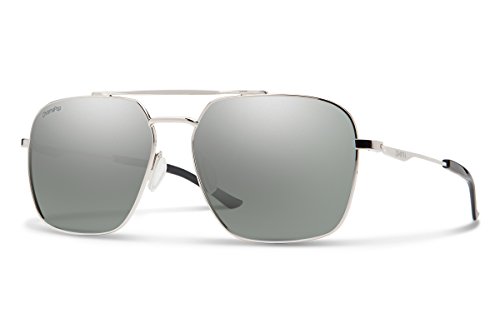
Lifestyle
One of the first factors to consider when deciding whether to invest in photochromic sunglasses is your lifestyle. Different lifestyles call for different types of eyewear, and photochromic sunglasses may or may not be the best fit for you. Here are a few questions to help you gauge whether these sunglasses suit your lifestyle:
- Do you spend a significant amount of time outdoors?
- Are you involved in outdoor activities such as hiking, cycling, or running?
- Do you frequently transition between indoor and outdoor environments?
If you answered yes to any of these questions, then photochromic sunglasses may be a worthwhile investment for you.
Specific Needs
Your specific needs also play a role in determining whether photochromic sunglasses are the right choice for you. Consider the following aspects:
- Eye health: Are you looking for sunglasses that provide UV protection to shield your eyes from harmful sun rays?
- Convenience: Would you benefit from eyewear that automatically adjusts its tint based on the surrounding light conditions without requiring you to switch between different pairs of sunglasses?
- Prescription lenses: Do you require prescription lenses and would like the option of having photochromic sunglasses?
These specific needs will help you decide if photochromic sunglasses align with what you are looking for in eyewear.
Budget
Budget is another crucial factor to consider when making any purchase, and photochromic sunglasses are no exception. While they offer unique benefits, it’s important to determine if they fit within your budget. Consider the following:
- Comparisons: Compare the prices of photochromic sunglasses with traditional sunglasses and evaluate the additional benefits you would gain from the photochromic feature.
- Long-term investment: Photochromic sunglasses may have a higher upfront cost compared to regular sunglasses, but they could potentially save you money in the long run as you won’t need to purchase multiple pairs for different light conditions.
Take your budget into account and weigh it against the value and benefits you expect from photochromic sunglasses.
Personal Preferences
Lastly, your personal preferences should not be overlooked. Whether it’s the style, color options, or frame designs, photochromic sunglasses come in a variety of choices to suit different tastes. Consider the following preferences when making your decision:
- Style: Do you prefer a particular style of sunglasses, such as aviators, wayfarers, or sporty designs?
- Colors: Are you looking for a specific tint color or prefer a neutral one that doesn’t alter the colors you see?
- Frame materials: Do you have any preference for frame materials like plastic, metal, or lightweight options?
These personal preferences will ensure that you not only benefit from the functionality of photochromic sunglasses but also feel satisfied with the aesthetic appeal they offer.
In conclusion, before investing in photochromic sunglasses, carefully consider your lifestyle, specific needs, budget, and personal preferences. By taking these factors into account, you will be able to make an informed decision and find the perfect pair of photochromic sunglasses that meet all your requirements.
[You can also add a comparison table such as the following:]
| Factors | Regular Sunglasses | Photochromic Sunglasses |
|---|---|---|
| UV Protection | Usually available | Available to protect eyes from UV rays |
| Transition Time | Fixed tint throughout | Automates tint adjustment based on light conditions |
| Prescription | Usually available | Available with prescription lenses |
| Multiple Pairs | Might need for different light conditions | Eliminates the need for multiple pairs |
| Styling Options | Variety of styles and designs | Wide variety to choose from |
| Budget | Lower upfront cost | Potentially higher upfront cost |
| Long-term Savings | May need to replace for specific light conditions | Potentially saves money by eliminating the need for multiple pairs |
These points can help you compare and evaluate the key differences between regular sunglasses and photochromic sunglasses.
Final Verdict: Making an informed decision on whether photochromic sunglasses are worth investing in, weighing the pros and cons
In conclusion, photochromic sunglasses can be a worthwhile investment for individuals seeking convenience and eye protection. However, it is important to weigh the pros and cons mentioned in this blog post before deciding if they are the right fit. Ultimately, making an informed decision based on personal needs and preferences is key.


